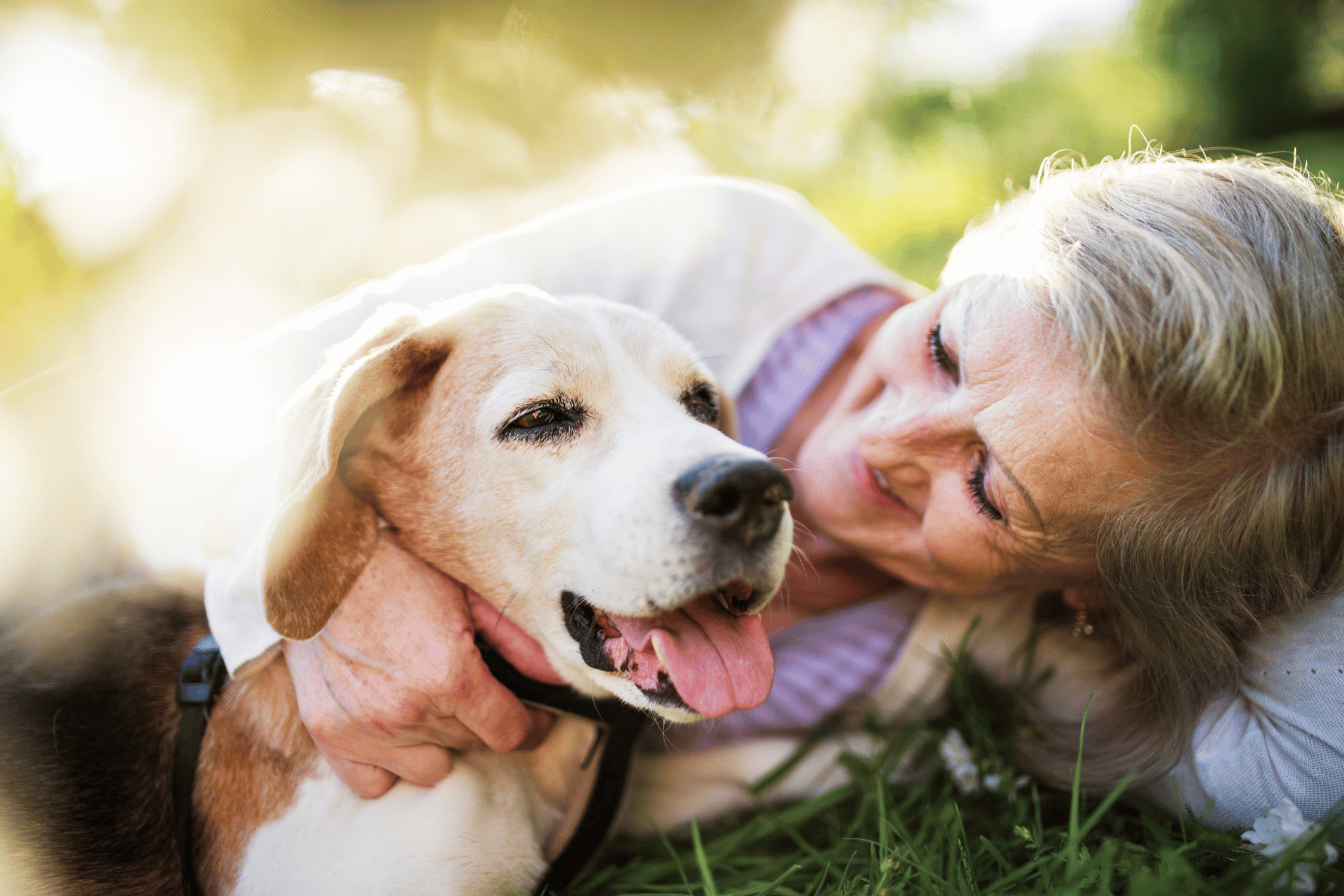Menu
 Canada's Largest Selection - Free Samples - Same Day Shipping, Order by Noon*
Canada's Largest Selection - Free Samples - Same Day Shipping, Order by Noon*
 Visit USA shop
Visit USA shop

With the warm and humid summer months in Canada, many of our customers find that they start to experience new skin health issues, or existing ones get worse.
The perineal area (think of the area that fits inside of your toilet seat when sitting down) is much more delicate than people think. The skin in this area is thin, sensitive, and exposed to bacteria from urine and feces.
While managing incontinence, your adult diaper, absorbent underwear or incontinence pad can trap moisture against your skin, particularly if it’s not changed promptly when soiled.
Many people assume that regular toilet paper is “good enough” to clean the perineum, and that soap and water in the shower is sufficient to maintain good skin health. But urine and/or feces and the drying effect of soap and water can quickly lead to itching, rash, and ultimately skin breakdown if not addressed.
Get ahead of perineal skin problems and keep your delicate parts healthy with these simple skin care tips for incontinence!
Cleaning
Wipes - Disposable wet wipes or wash clothes are a popular option as they’re convenient and can easily be tossed in the trash. When purchasing, look specifically for those designed for incontinence, as they will neutralize surface soil. Adult washcloths are slightly more expensive than baby wipes but are adult-sized, meaning that you use far fewer of them. As always, remember to wipe from front to back so fecal contamination isn’t introduced into your urinary tract.
Helpful Tip: Wipes should always be disposed of in the trash, not flushed down the toilet, where they can cause big (and expensive!) plumbing problems for you or your local sewer system.
Perineal Cleanser – A more cost-effective and eco-friendly option than wipes, perineal cleansers are either wipe on/off or wash/rinse/dry with a cloth. They’re specially designed to neutralize urine and odour caused by incontinence.
Helpful Tip: Keep a stack of inexpensive face cloths and a lined waste basket with a lid in the washroom for the used cloths, to reduce odours between laundering.
Moisturizing
If you’re not able to use a incontinence-specific cleanser, you may find that the soap and water is drying to your perineum. A simple and inexpensive incontinence moisturizer designed specifically for this delicate area can reduce itching and rashes.
Helpful Tip: Make sure that the moisturizer is fully absorbed and not tacky to the touch before putting your adult diaper/underwear/pad back on.
Protecting
Barrier Cream/Ointment - Barrier creams are designed to protect the skin from irritation caused by stool, urine, or excessive moisture. While many people reach for standard “diaper cream” like petroleum jelly, incontinence-specific products are far better for protecting the skin and reducing odours, and because so little is needed at each application, they’re well worth the cost.
Helpful Tip: No matter what cream or ointment you choose, use the smallest amount possible, generally only the size of a pea. Applying large amounts can actually rub off onto your absorbent underwear or adult brief and reduce it’s ability to absorb urine!
Anti-Bacterial or Anti-Fungal Creams
If you find that you’re experiencing substantial rashes, have increased redness or itchiness, or have developed a persistent unpleasant odour, its important that you consult with your doctor or nurse practitioner as you may need a anti-bacterial or anti-fungal cream to treat a more serious infection.





Sign-up for our Free Automatic Delivery Program and save 5% on all automatic orders going forward. Click here to learn more.
Receive short, informative emails with special offers and exclusive discounts. Cancel or unsubscribe anytime.
© 2026, Healthwick Canada Powered by Shopify

1 comment
Edith Thornton
I would like to try the barrier moistened cream suggestions. I find the daily vagisil wash is very drying.